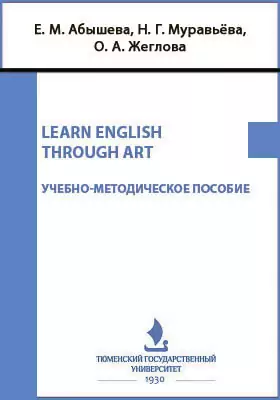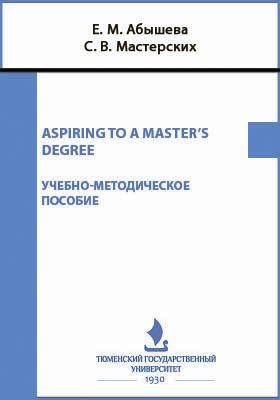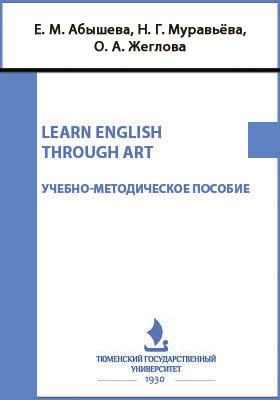Learn English through art : учебно-методическое пособие по дисциплине «Иностранный язык» для студентов направления 44.03.01 «Педагогическое образование», профили подготовки — «Изобразительное искусство», «Музыкальное образование». форма обучения — очная
Автор: Е. Абышева, Н. Муравьёва, О. Жеглова
Форматы: PDF
Издательство: Тюменский государственный университет
Год: 2018
Место издания: Тюмень
Страниц: 67
Артикул: 74268
Возрастная маркировка: 16+
Краткая аннотация книги "Learn English through art"
Данное учебно-методическое пособие предназначено для студентов профилей подготовки «Изобразительное искусство», «Музыкальное образование» и нацелено на развитие иноязычной профессиональной компетенции в соответствии с требованиями рабочей программы по указанной дисциплине. Пособие включает в себя тексты профессионального характера и задания к ним, направленные на развитие навыков коммуникации и расширения информационного профессионального пространства.
Содержание книги "Learn English through art"
PART I. MUSIC
UNIT 1. THE TYPES OF MUSIC
UNIT 2. MUSICAL INSTRUMENTS
UNIT 3. BRITISH MUSICIANS
PART II. ART
UNIT 1. WHAT IS ART?
UNIT 2. ART AND ARTISTS
UNIT 3. MUSEUMS
UNIT 4. ENGLISH PAINTERS
UNIT 5. ART NOW AND THEN
PART III. LITERATURE
UNIT 1. WHY DO I LIKE CLASSICAL NOVELS?
UNIT 2. MODERN ENGLISH LITERATURE
Все отзывы о книге Learn English through art : учебно-методическое пособие по дисциплине «Иностранный язык» для студентов направления 44.03.01 «Педагогическое образование», профили подготовки — «Изобразительное искусство», «Музыкальное образование». форма обучения — очная
Отрывок из книги Learn English through art : учебно-методическое пособие по дисциплине «Иностранный язык» для студентов направления 44.03.01 «Педагогическое образование», профили подготовки — «Изобразительное искусство», «Музыкальное образование». форма обучения — очная
— 25 —I don’t actually like modern art. I much prefer more _____ things.6) I don’t like paintings that are all greys and browns. I like really _____ things. You know, 7) lots of bright greens and yellows.I don’t understand her work at all. It’s just too _____ for me.8) TEXT. PAINTINGRead the text and do the activities which follow:It is possible to see the national character in painters or groups of painters. But the vi-sual language of art travels quickly and easily, and artists are influenced by things they see all over the world. Painters themselves also travel a great deal, and one of the first important periods of English painting was started by a German visitor. Hans Holbein the Younger lived in London between 1527and 1543, and painted wonderful portraits of the rich and famous around the court of King Henry VIII. He had learned from Italian painters – which shows how international the art was, even at that time, when travel was slow and difficult. Inspired by Holbein, a school of portrait painters developed in England. The result was that there are many lovely pictures of Queen Elizabeth I and those who surrounded her. One of the most famous these painters was Nicholas Hilliard, who specialized in miniatures: very small, beautifully coloured paintings.Another great portrait painter, Joshua Reynolds (1723-1793) spent time studying in Ita-ly in the 18th century. Of course, from the viewer’s perspective, portraits are a strange art form. As with photographs, why should you be interested if you do not know the person in the picture? But, like that of his contemporaries William Hogarth and Thomas Gainsborough, the quality of Reynolds’ painting is enough in itself; the expression in the faces, and the in-sights into character are fascinating.Although there have been brilliant British painters, few of them have achieved an inter-national reputation. However, there is at least one noticeable exception – J.M.W. Turner (1775-1851). His paintings were ...
С книгой "Learn English through art" читают
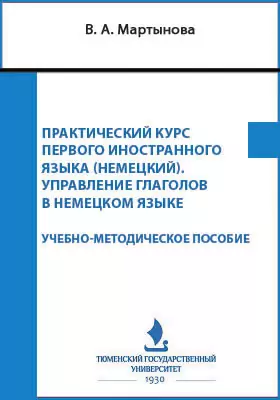
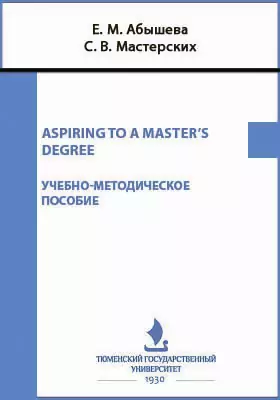
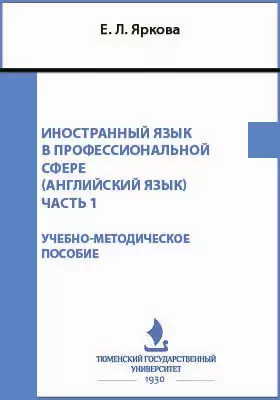
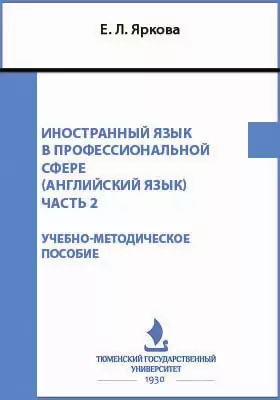




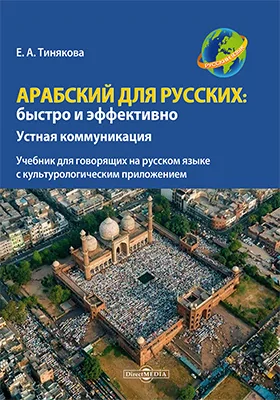
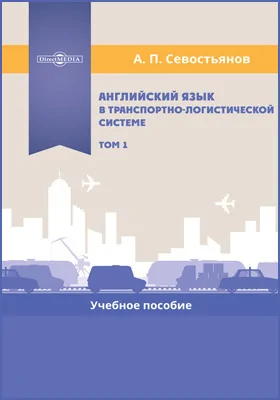
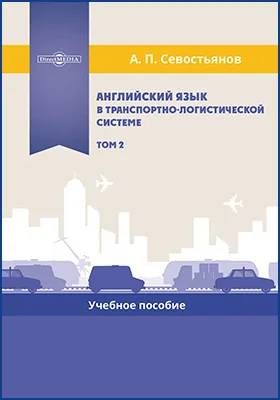
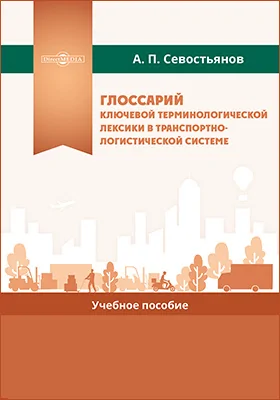
Бестселлеры нон-фикшн
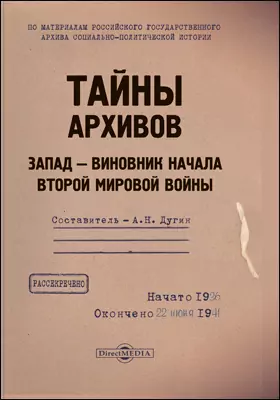

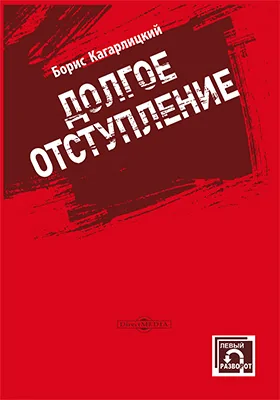
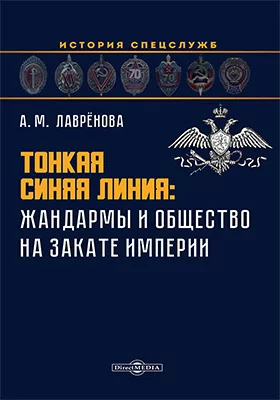
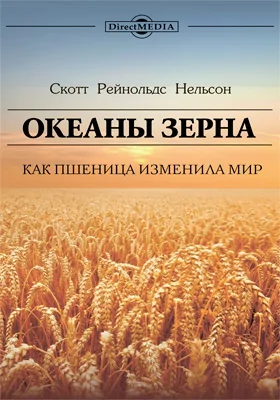
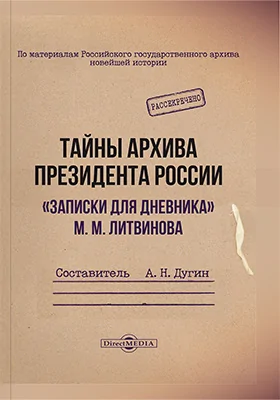
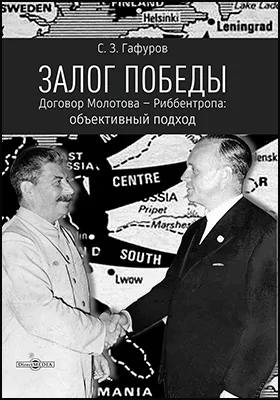
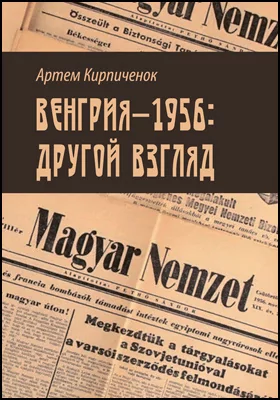
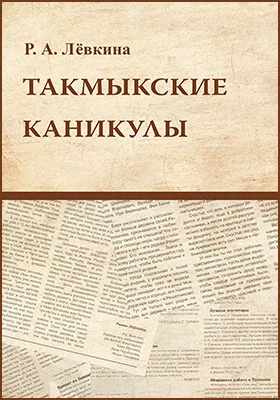


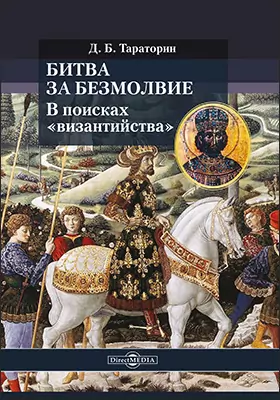
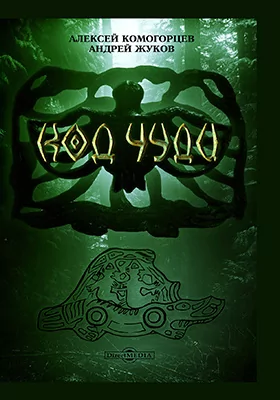
Новинки книги нон-фикшн

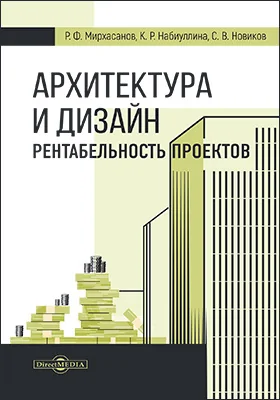
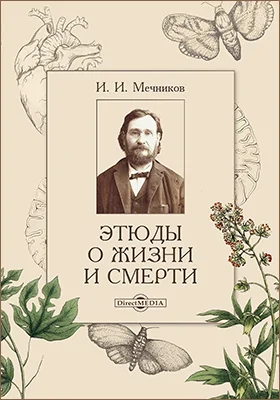
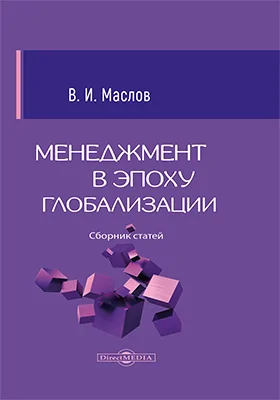
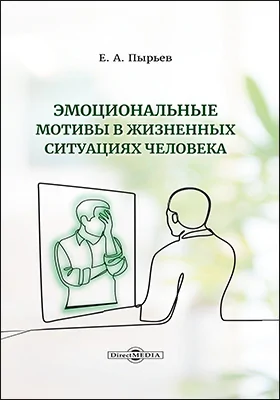
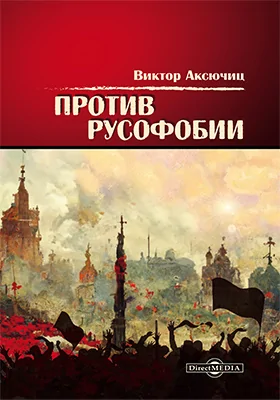

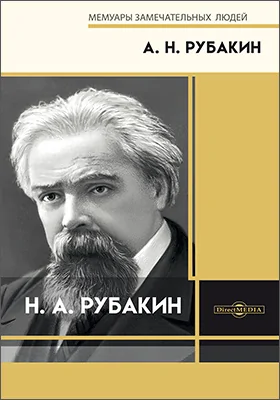
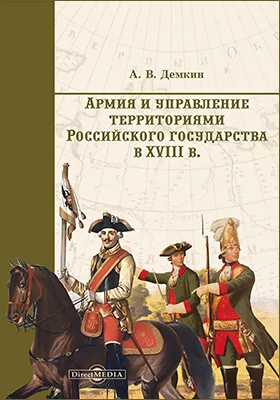


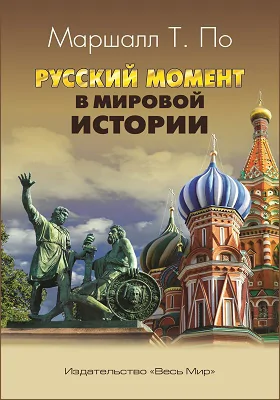

Абышева Е. М. другие книги автора
и мы свяжемся с вами в течение 15 минут
за оставленную заявку

